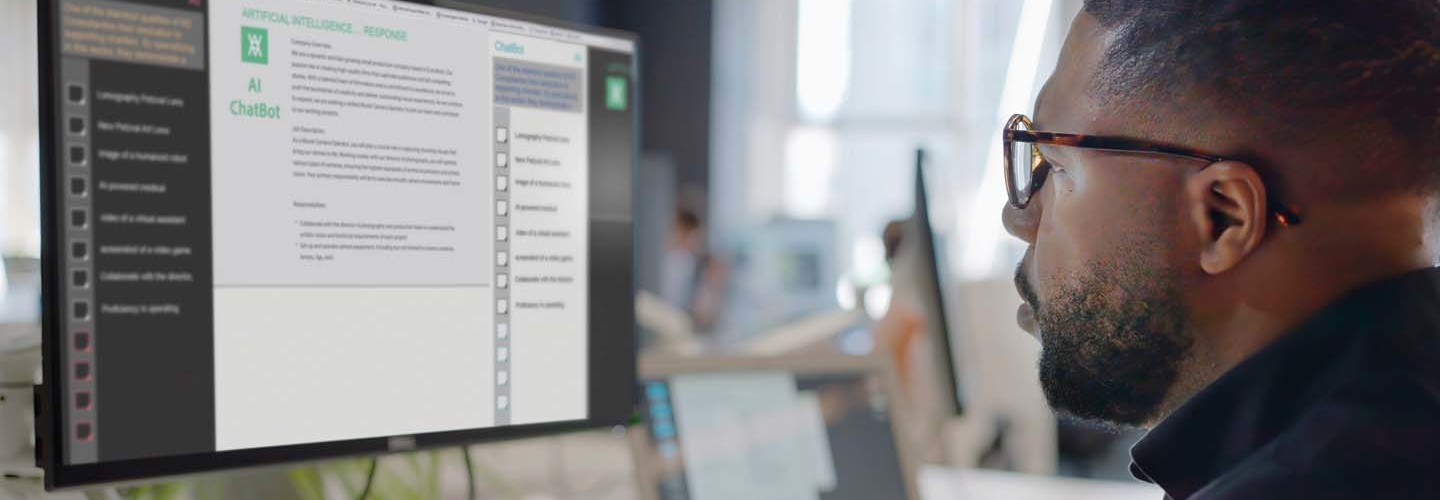While new technology often brings great benefits and boosts efficiency, there are also downsides. Last year, Microsoft co-founder Bill Gates mentioned that one negative aspect of a tool like ChatGPT is that future generations of students may not learn certain skills. However, he believes using AI as a tool in the classroom will help students more than hurt them.
I recently asked some of our students at Clemson University how they use AI for classes. Here are the top responses:
- Homework help
- Generating discussion posts
- Help with answering open-ended exam questions
- Explaining a hard topic
- Writing papers
- Writing an outline for papers
- Generating a topic for papers
Some of these make me cringe, especially the one about writing entire papers. In fact, in a recent survey at Stanford University, an alarming number of students admitted to using ChatGPT on final exams, reported The Stanford Daily, the university’s student newspaper: “According to the poll, which had 4,497 respondents … around 17 percent of Stanford student respondents reported using ChatGPT to assist with their fall quarter assignments and exams.” With students admitting to as much, it’s no surprise that the No. 1 concern of faculty currently is students using AI to cheat.
17%
The percentage of Stanford University students who used AI to assist with fall quarter assignments and exams in 2022
Source: stanforddaily.com, “Scores of Stanford students used ChatGPT on final exams, survey suggests,” Jan. 22, 2023
Teaching Students the Benefits of Generative AI
Students should be encouraged to use generative AI for good, and one way to show students how a tool like ChatGPT can be useful is to incorporate it into courses by modeling its proper use. For example, allow students to use ChatGPT as they would Wikipedia: Ask it to define a term, and have students reflect on the definition it produces. Is it correct? Does it need to be edited or refined? This encourages students to think critically about the outputs and shows that the information may or may not be accurate.
Use ChatGPT or Gemini to help build writing skills. Ask the tool to produce a text, and then have students analyze, revise and improve the product. Students who need help with their writing can use ChatGPT to create an outline, which they can revise and refer to as they work.
For programming, ask an AI generator to write code to solve a problem, and have students find ways to improve the code. Or, ask an AI generator to write incorrect code, and ask students to find the issues and fix them.
There are so many ways we can use new and innovative technologies to enhance learning. It can be scary to embrace something as new and different as generative AI, especially when students may try to exploit it. However, like the calculator, these AI generators could change the way we teach and learn.
UP NEXT: How to get your higher education infrastructure AI-ready.










